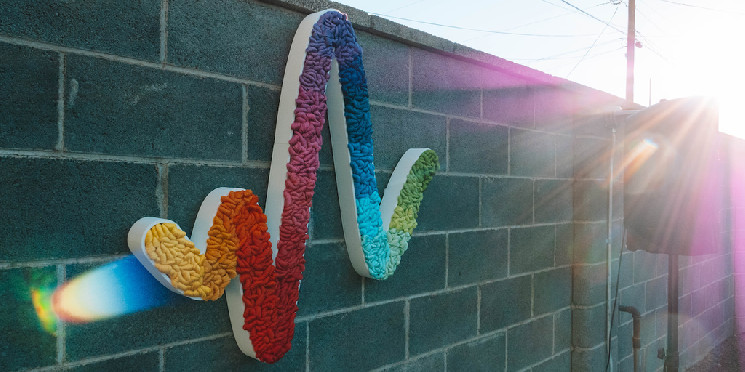Art blocks, the popular ones platform And collective for works of art on the chain, announced Wednesday that it has achieved a long-standing goal: ensuring that the vast majority of its projects can now be accessed and viewed solely by navigating the Ethereum blockchain.
While all Art Blocks projects since the collective have been created on Ethereum launched in 2020, those pieces always required a company-provided back-end generator to view online.
Now, however, even the mechanisms necessary to view and enjoy approximately 90% of all Art Blocks pieces have been configured on-chain.
This means that as long as the Ethereum blockchain exists, these works of art will be visible online, regardless of whether Art Blocks as a company continues to operate and host these works.
The vast majority of Art Blocks pieces that can now be viewed purely on-chain were initially created using one of two common programming tools: p5js and threejs. The remaining 10% of pieces, which still require the assistance of a third party to view, relied on other tools.
In a blog post today, marking Art Blocks’ fourth anniversary, company founder Erick Calderon called the achievement a “giant leap forward.”
“You are no longer dependent on Art Blocks or any other platform,” Calderon said. “These works represent a fundamental change in the way art can be created, collected and preserved.”
Art Blocks says it will continue to rely on a centralized generator as the primary means of visualizing its pieces online. But the company claims that enabling full on-chain accessibility for these works is crucial to the company’s long-term mission to create infrastructure for “a new chapter in art history.”

